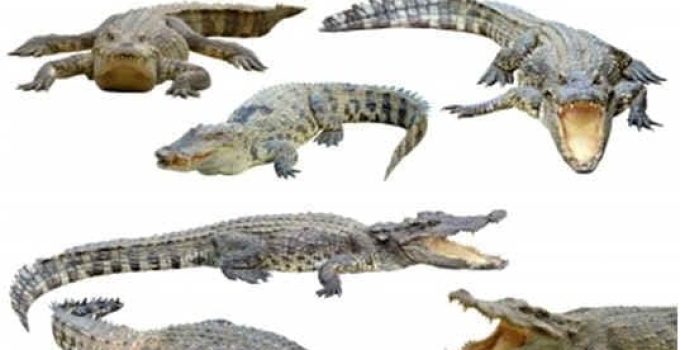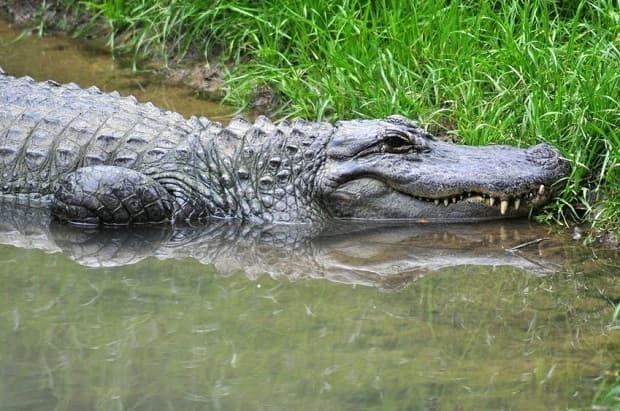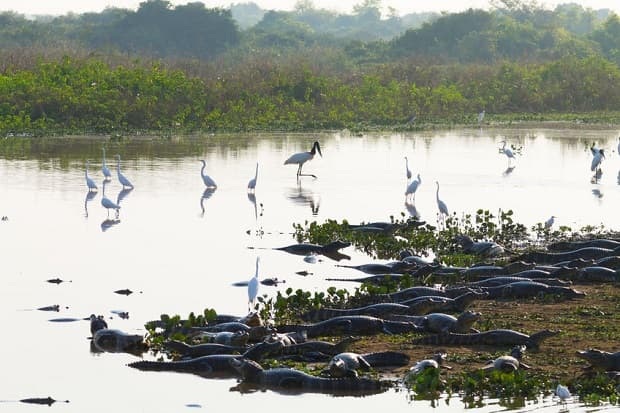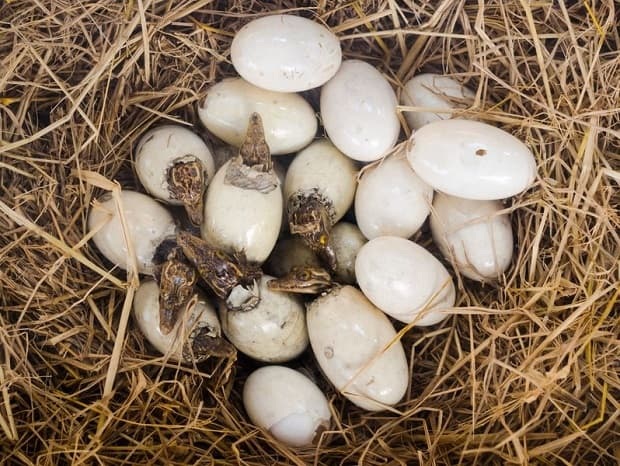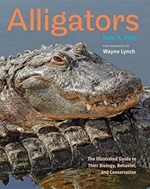Author: Gabrielle Marks
Reviewed: 5/28/2025
What Is the Difference Between an Alligator and a Crocodile?
According to the National Park Service, alligators and crocodiles belong to the Crocodilia class of reptiles, which comprises 23 species, with two native to the United States: the American Alligator and the American Crocodile. The American Alligator can only be found within the United States, whereas the American Crocodile is more common in countries to the south. Although many people may think alligators and crocodiles are similar, they have many differences that clearly distinguish them as distinct species. Here, we explore the differences between the American Alligator and Crocodile. [1]
Dig Deeper:
- Physical Differences Between Alligators and Crocodiles
- Habitat Differences Between Alligators and Crocodiles
- Behavioral Differences Between Alligators and Crocodiles
- Resources
Physical Differences Between Alligators and Crocodiles
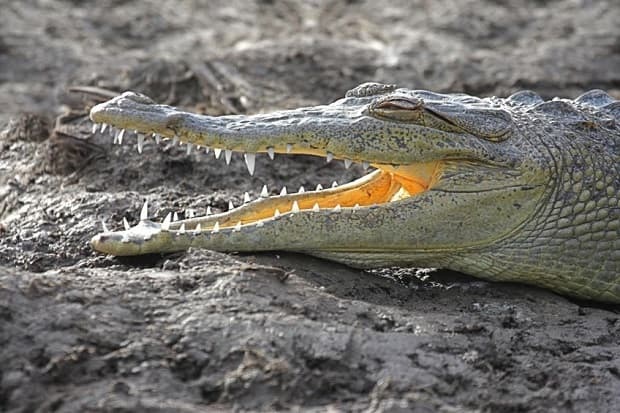
“© steve_byland/123RF.COM”
Snout. The easiest way to tell an alligator apart from a crocodile is to look at their snouts. American Alligators have a U-shaped jaw with a broad snout. American crocodiles have a narrower snout with a V-shaped jaw. [2]
Teeth. There are also differences in the teeth of the two species. If you see teeth when its mouth is closed, it’s a crocodile. The fourth tooth on the bottom jaw of a crocodile is exposed when its mouth is closed. An alligator has an internal socket in its upper jaw that hides this tooth. [3]
Coloring. The reptiles’ coloring also sets them apart. The American Alligator adult is black. The American Crocodile Adult is brownish. [4]
Bone Size. A new study has recently found that the humerus and femur bones of a crocodile’s limbs are slightly longer than those of an alligator. [5]
Habitat Differences Between Alligators and Crocodiles
Special glands. You can’t see this difference, but crocodiles have special salt-excreting glands on their tongues that are responsible for eliminating excess salt. This specialized gland enables the crocodile to thrive in both freshwater and saltwater environments. Alligators do not have this gland, so they prefer freshwater habitats. [6]
Cold Tolerance. The alligator is more tolerant to colder temperatures than the crocodile. [7] Because of this, you can find alligators further north, whereas crocodiles tend to choose consistently warmer climates. For example, in the U.S., you can find alligators as far north as North Carolina, whereas you will only find crocodiles at the southern tip of Florida. South Florida is the only place where the two species coexist. [8]
Behavioral Differences Between Alligators and Crocodiles
Nesting Behavior. The alligator and the crocodile also differ in their nesting behaviors. The crocodile will generally dig a hole and create a nest or mound, burying her eggs within it. She then leaves the nest unattended until the eggs are ready to hatch, at which time she returns and digs up the eggs. She remains with the hatchlings for a few days. [9] On the other hand, the alligator builds a nest mound, lays her eggs, and vehemently defends her nest for the whole of the incubation period. She remains with her hatchlings, protecting them for one to two years. [10]
Territorial Behavior. The male American Crocodile systematically patrols his territory. The male American Alligator does not. [11]
Mating Behavior. The mating rituals between the two species are also quite different. The male American Alligator will bellow to gain the attention of a female while the male American Crocodile remains silent but head slaps. Male and female alligators participate in signaling behaviors, in contrast to the crocodile, which exhibits sex-specific behaviors. The female crocodile is also more submissive than her female alligator counterpart. [12]
References
- [1][8][9] National Park Service – “American Crocodile: Species Profile.”
- [2] Encyclopedia Britannica – “What’s the Difference Between Alligators and Crocodiles?”
- [3] Smithsonian’s National Zoo & Conservation Biology Institute – “American Alligator.”
- [4] U.S. Fish and Wildlife Service – “American Alligator.”
- [5] Lijima, Masaya. “Comparative Limb Proportions Reveal Differential Locomotor Morphofunctions of Alligatoroids and Crocodyloids.” Royal Society Open Science. 2018. Web. 19 December 2019.
- [6] Cramp, R. L., Meyer, E. A., Sparks, N., & Franklin, C. E. (2008). Functional and morphological plasticity of crocodile (crocodylus porosus) salt glands. Journal of Experimental Biology, 211(9), 1482–1489. https://doi.org/10.1242/jeb.015636
- [7] Huchzermeyer FW. Crocodiles: Biology, Husbandry and Diseases. ed 1. CABI; Wallingford, UK: 2003.
- [10] U.S. Geological Survey – “Alligator Hatchlings.”
- [11][12] Garrick, Leslie D. et al. “Social Signals and Behaviors of Adult Alligators and Crocodiles.” American Zoology. 1977. Vol. 17. Pp: 225-239.
Related Products
Alligators: The Illustrated Guide to Their Biology, Behavior, and Conservation Hardcover – Illustrated
by Kent A. Vliet (Author), Wayne Lynch (Photographer)
In this fascinating account, richly illustrated with more than 150 photographs from award-winning wildlife photographer Wayne Lynch, expert zoologist Kent A. Vliet introduces readers to the biology, ecology, and natural history of the American alligator.
